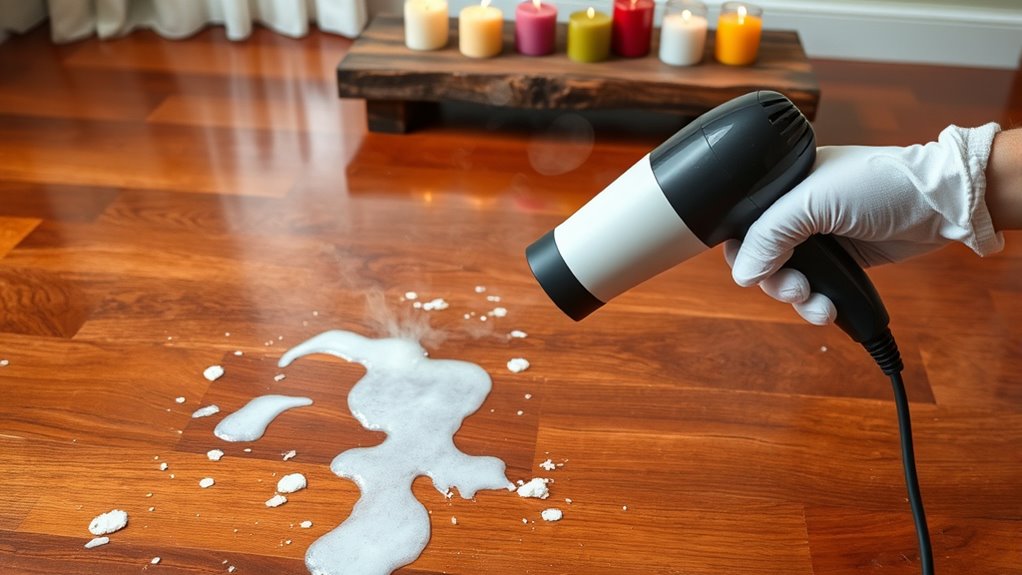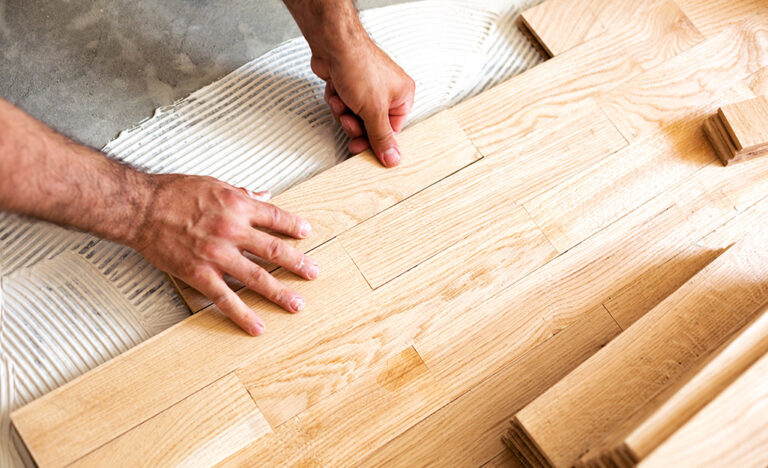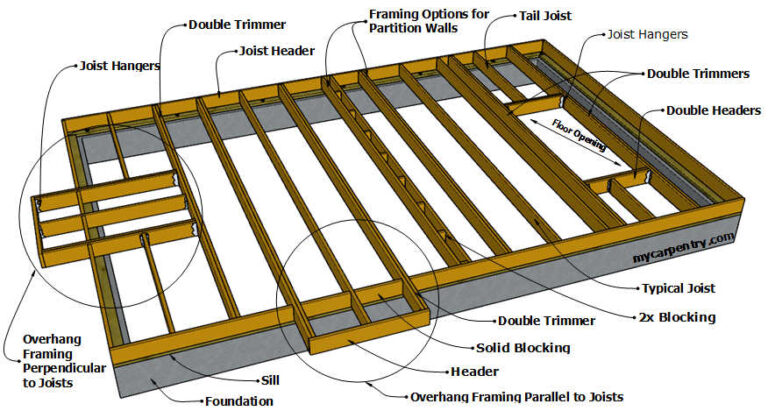To get candle wax off your floor, first identify your floor type—wood, tile, or carpet—to choose the safest method. Harden wax with ice, then gently scrape with a plastic scraper or credit card. For stubborn wax, soften it using a warm iron or hairdryer over a cloth. Clean leftover residue with an appropriate detergent or cleaner for your floor. Avoid scratching or soaking the surface. Keep these basics in mind, and you’ll find additional tips and techniques to tackle wax spills effectively.
Identifying the Type of Floor Before Removing Wax

Before you start removing candle wax, it’s important to identify the type of floor you’re dealing with, as different materials require different cleaning methods to avoid damage. Hard floor types like hardwood, tile, laminate, or vinyl each respond uniquely to heat and solvents. Wax characteristics—such as hardness and melting point—also influence removal techniques. For example, hardwood floors are sensitive to excessive moisture and heat, so you’ll need gentle methods, while tile can tolerate more aggressive approaches. Laminate floors are vulnerable to swelling, so avoid soaking them. Vinyl floors can handle moderate heat but may discolor with harsh chemicals. Knowing your floor type lets you choose the safest method, preserving your flooring’s integrity and your freedom to clean confidently without risking costly damage.
Tools and Materials Needed for Wax Removal
Although removing candle wax may seem straightforward, having the right tools and materials on hand makes the process much easier and prevents damage to your floor. Start by gathering essential wax removal supplies such as a plastic scraper or credit card to gently lift hardened wax. You’ll also need absorbent materials like paper towels or a clean cloth to soak up softened wax. For stubborn spots, a hairdryer or iron (used with a protective cloth) helps melt wax safely. Include cleaning tools like a mild detergent, warm water, and a sponge or microfiber cloth to clean residue afterward. Avoid abrasive tools that can scratch surfaces. Preparing these wax removal supplies and cleaning tools guarantees you’re ready to tackle wax without risking your floor’s finish or your freedom to maintain a pristine space.
Removing Wax From Hardwood Floors
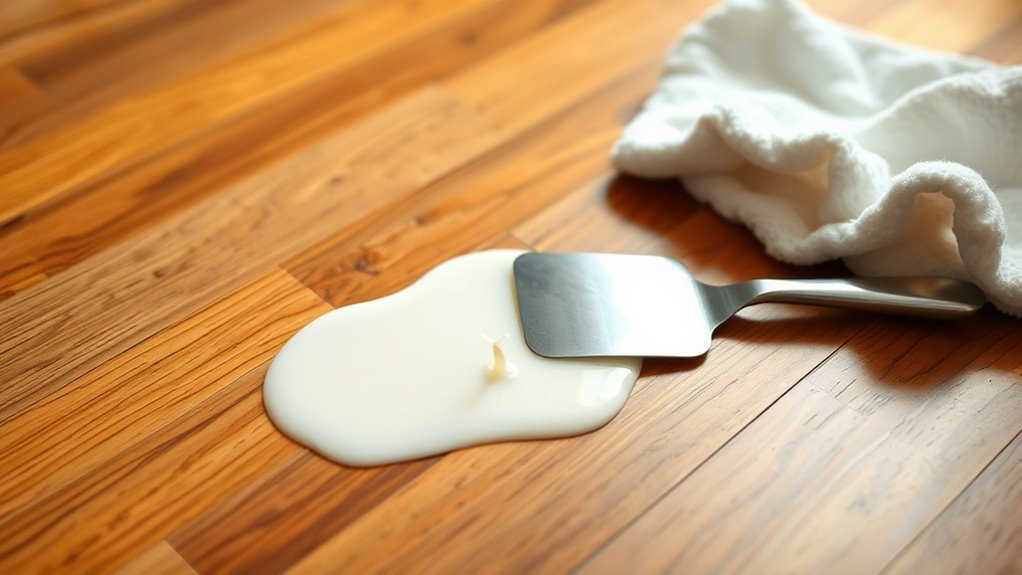
When you notice candle wax on your hardwood floor, act quickly to prevent staining or damage. Start by letting the wax harden—use ice cubes in a plastic bag to speed this up. Once solid, gently scrape the wax off with a plastic scraper or credit card to avoid scratches. Next, place a brown paper bag or clean cloth over the remaining wax and apply a warm iron briefly to melt it. The wax will absorb into the cloth—replace it as needed. Finally, clean the area with a hardwood-safe cleaner to remove any residue. These wax removal techniques work effectively without harming your floor’s finish. Regular hardwood maintenance tips, like immediate cleanup and using protective pads, help keep your floors free from future wax mishaps.
Techniques for Cleaning Wax off Tile Floors
To clean wax off tile floors, start by softening the wax with gentle heat—use a hairdryer or warm towel to avoid damaging the tile. Once the wax is pliable, carefully scrape it off with a plastic scraper or credit card to prevent scratching. Finish by wiping the area with a damp cloth to remove any residue.
Heating Methods
Since candle wax hardens and adheres firmly to tile floors, applying heat is one of the most effective ways to soften it for removal. You’ll want to focus on controlled wax melting using safe heat sources. Here’s how:
- Use a hairdryer on medium heat, directing warm air steadily over the wax to soften it without damaging the tile.
- Apply an iron over a cloth placed atop the wax spot—this transfers heat gently, melting the wax beneath.
- Utilize a heat gun carefully, keeping it at a distance to avoid overheating or cracking tiles.
- Place a warm towel on the wax to slowly raise its temperature and loosen its grip.
Each method gently melts the wax, making cleanup easier while preserving your floor’s integrity.
Scraping Techniques
Start by gently scraping the softened wax with a plastic scraper or a credit card to avoid scratching your tile. Choose scraping tools with smooth edges to prevent damage. Hold the scraper at a low scraping angle, around 30 to 45 degrees, which helps lift the wax without gouging the floor. Apply steady, even pressure and work in one direction to peel off larger wax chunks efficiently. Avoid sharp metal tools that can leave permanent marks. If wax residue remains, adjust your scraping angle slightly to get under stubborn spots without harming the tile surface. Always keep your movements controlled; rushing increases the risk of scratches. With patience and the right scraping tools and angles, you’ll free your floor from wax while preserving its finish.
How to Extract Wax From Carpeted Floors
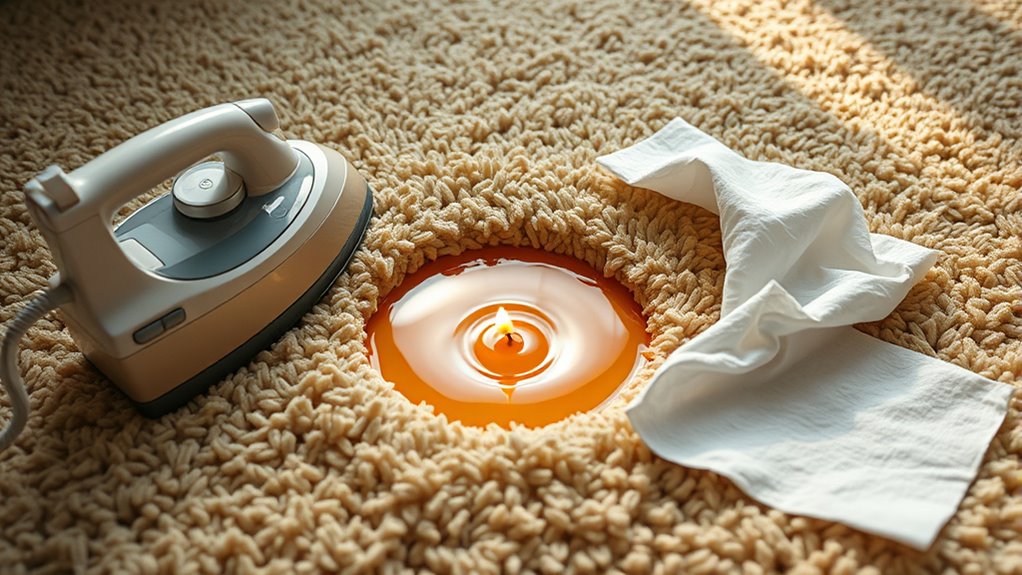
To remove wax from carpeted floors, start by hardening the wax with ice to make it brittle and easier to break off. Then, carefully apply heat using a warm iron and a paper towel to lift the softened wax without damaging the fibers. Finally, clean any remaining residue with a carpet-safe cleaner to restore the carpet’s appearance.
Harden Wax First
Before you attempt to remove wax from carpeted floors, you’ll want to harden it first; this makes scraping off the wax much easier and prevents it from spreading further into the fibers. The best way to harden wax is using the freezing method:
- Place a plastic bag filled with ice cubes directly on the wax spot.
- Let the ice sit for 10-15 minutes until the wax becomes solid and brittle.
- Test the wax’s hardness by gently pressing it with your finger—if it cracks, it’s ready.
- Carefully scrape off the hardened wax using a dull knife or spoon without damaging carpet fibers.
Use Heat Carefully
Once you’ve hardened and removed as much wax as possible by scraping, applying heat can help lift the remaining residue from carpet fibers. Use a low-heat source like a clothes iron set on the lowest setting or a hairdryer held a few inches away. Place a clean, white cloth or paper towel over the wax spot to absorb melting wax. Press the iron gently onto the cloth for a few seconds, then lift to see if wax transfers. Repeat as needed, moving the cloth to a clean spot. Always test heat sources on a hidden carpet area first and avoid overheating to prevent damage. Follow safety precautions by never leaving heat unattended and keeping flammable materials away. This careful approach frees your carpet from wax without harm.
Clean Residue Thoroughly
Tackle the remaining wax residue by gently blotting the area with a carpet cleaner or a mixture of mild detergent and warm water. This approach softens wax remnants without damaging carpet fibers. Follow these steps for effective stain removal:
- Test your chosen cleaning solutions on a hidden carpet spot to confirm colorfastness.
- Apply the solution to a clean cloth, then blot the wax stain—avoid rubbing to prevent spreading.
- Use a soft-bristle brush to gently lift residual wax particles from the carpet pile.
- Rinse the area with cold water and blot dry with a clean towel to remove any detergent residue.
Using Heat to Soften and Remove Candle Wax
Anyone dealing with candle wax on the floor knows it can be tough to remove when hardened. Heat application is your best bet to soften the wax without damaging the surface. Start by setting your iron to a low or medium temperature, ensuring the wax temperature won’t burn or melt the Bodenbelag. Place a brown paper bag or a clean cloth over the wax spot. Gently press the iron on the cloth for 10-15 seconds. The heat will melt the wax, and the paper or cloth will absorb it. Lift the cloth and check progress—repeat if needed. Avoid overheating, which can spread the wax or harm the floor. Controlled heat application lets you free your floor from wax with minimal effort and no residue left behind.
Alternative Methods for Tough Wax Stains
If heat alone doesn’t fully remove the wax, you’ll need alternative methods to tackle stubborn stains. Try these alternative cleaning solutions and homemade wax removers for best results:
- Rubbing Alcohol: Dampen a cloth with rubbing alcohol and gently rub the wax residue until it dissolves.
- Essiglösung: Mix equal parts white vinegar and water, apply it to the stain, then scrub with a soft brush.
- Backpulverpaste: Combine baking soda with water to form a paste, spread on the wax, let sit for 10 minutes, then wipe away.
- Peanut Butter: Apply a thin layer, let the oils break down the wax, then wipe off with a damp cloth.
These methods free you from tough wax stains without harsh chemicals or damage.
Preventive Tips to Avoid Future Wax Spills
While accidents happen, you can greatly reduce the chances of wax spills by taking a few simple precautions. Start with wax prevention by placing candles on stable, heat-resistant surfaces away from high-traffic areas. Use candle holders with wide bases to prevent tipping, and never leave burning candles unattended. Trim wicks regularly to control flame size and reduce wax splatter. For spill management, keep a small tray or mat beneath candles to catch drips before they hit the floor. If you move candles, do so carefully and only when the wax is solid. Finally, consider flameless LED candles for a wax-free alternative that eliminates spill risks entirely. With these steps, you’ll enjoy candlelight without worrying about messy wax spills.

